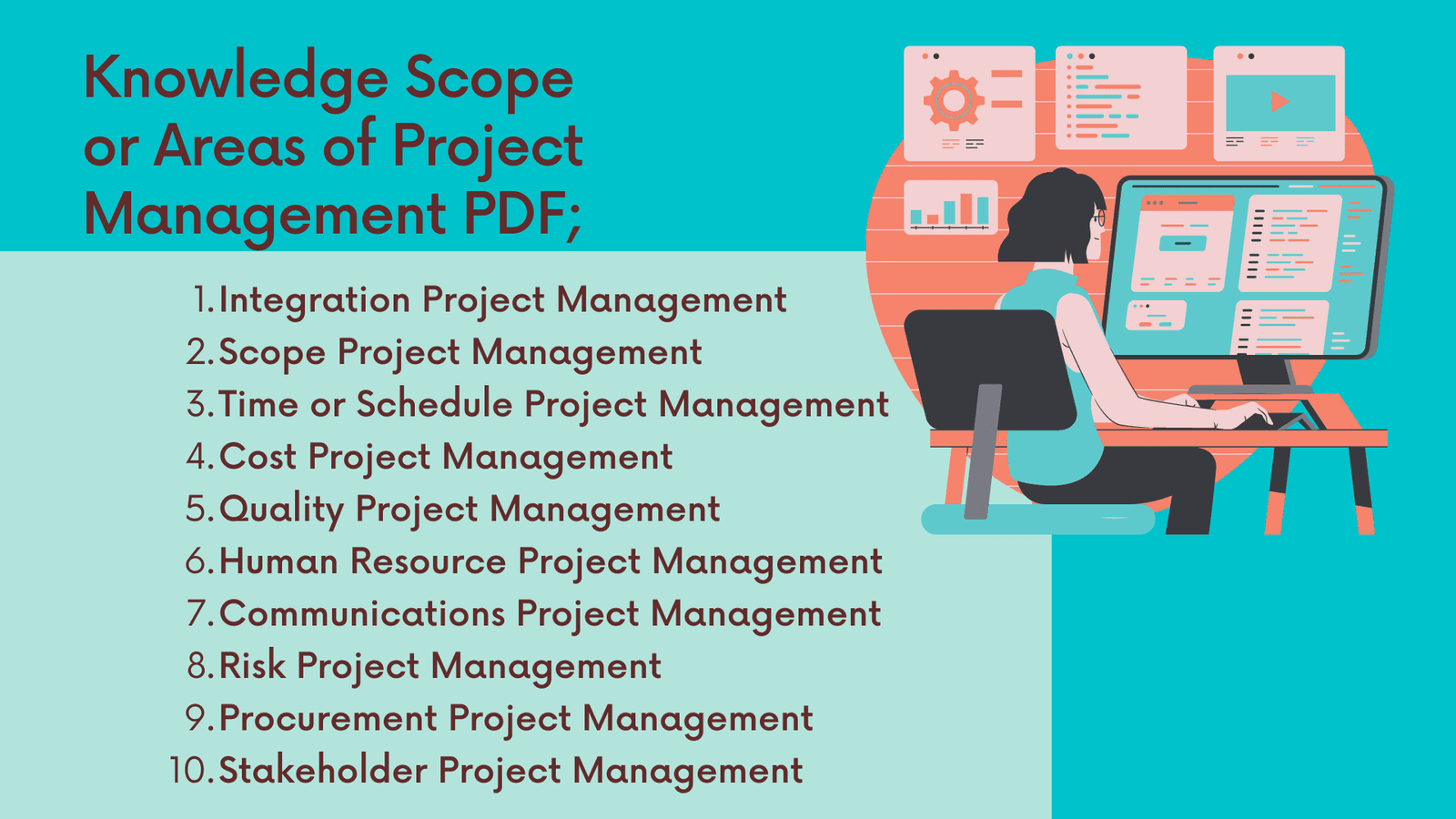What are the Business Cases in Project Management on Risk not Use it? Yes, there are cases where project management parameters need not use. Project Management Short Essay, The common cases are simple or small projects with a narrow scope which requires simple budgeting and undertaking by few people. Project management requires a well-thought plan. To achieve all the anticipated goals, adequate time and resources have to invest. Small projects do not require project management as this will seem like a waste of time and resources that could apply to other developments. It is very recommendable that project management applies to large projects. This is because such projects are highly sensitive and could greatly affect the organization.
Here is the article to explain, Risk are there Business cases when Project Management should not use? Why? Describe the advantages, disadvantages, and potential impacts of using Project Management for small and large projects. What factors determine when it requires?
Business Cases, where the project management process should not use in IT projects, include projects with limited budgets and short essay life spans.
Advantages of Project Management;
- Guarantee that the work activities accomplish the results indicated in the IT and business strategies. This includes defining and revising goals, managing undertakings across projects.
- Guarantee that the project is operating on the budget, is on or ahead of schedule,
- and meets the customer’s performance criteria.
- Project management (Skills) breaks down the project into tasks and sub-tasks and finds interdependencies between tasks as well as the allocation of resources, estimation of total project duration, and budget.
- It makes monitoring of the project progress more effective.
Disadvantages of Project Management;
- Cost overhead. Project Management costs money. This includes hiring project managers, training project managers, and hiring program managers to make sure that projects keep aligned with the overall business strategy.
- Communication overhead. Project Management adds a new level of communication between team members and management. Rather than having the information flow straight from management down to the team members and vice versa, it’s all channeled through the PM.
- Time Overhead. An instance is incorrect requirements that the PM may mistakenly gather and pass to the team members for implementation. Once the requirements are found to be wrong, the team members have to scrap the executed portion based on the incorrect requirements. The PM then has to re-gather the requirements, and finally pass them again to team members for implementation. This takes lots of time.
Potential impacts of Project Management;
- The project management process significantly improves the likelihood of an IT project being completed on time and within budget.
- Also, The practice of project management is expanding rapidly as there is an increased need for professionally managed projects. This has led many companies to experiment with their IT organizational structures.
- Quality and quantity increase with effectiveness and efficiency due to the implementation of project management processes. The focus narrow down to reach specific goals within a specific timeframe and that will lead to better results.
The factors that determine when project management requires or need include the budget or financing needs, the scope of the project, the size of the project, the nature of the project, the available resources, the time frame, and the quality specification among other factors. Understanding when and when not to use project management is key to the successful delivery of the project or certain business undertaking. The factors that manage a whole project from beginning to end require a talented team with different skills and talents. These people are completely responsible for the planning as well as for executing project objectives, not just materials and labor. Each project management manager team and project follows a proper project lifecycle. A good project preparation can simply mean a difference between failure and success of the project hence project management is necessary for every case.
How will use cases help our enterprise manipulate the initiatives?
The following use cases below help our agency to manage the initiatives;
Scope;
The use case diagram is a particularly effective tool to help identify and manage project scope. Although only one of the many aspects of project management, scope management is often considered the most difficult. The use case diagram helps identify scope in these ways:
- Sets the boundary for the project. The boundary box indicates the scope of the system. Everything within the box include in the system; anything outside of the box exclude. This diagram is a wonderful graphical representation of the system scope.
- Shows the processes under consideration. Each use case is a process that delivers value to the end-user. Each has a business objective or goal that is going to accomplish.
- Also, The flow of events confirms the scope. It provides the detail involved with each use case process and describes how big each process is.
- All the use cases need to link to the business and project vision and objectives. Any use case that does not provide this alignment, can easily see and remove.
- Showing system actors helps provide a picture of the interfaces that need to modifies. This picture aids in showing not only what’s contained in the application, but also how many system interfaces need to include in the project. It provides an effective communications tool and visual that may help explain and estimate the effort that may be transparent to business customers.
The use case diagram helps control scope in these ways:
- Once use cases have been confirmed, new use cases that arise can better manage. Changes can match to the vision and original diagram to see whether or not they belong. Also, New requests can translate into new use cases and placed in the diagram.
- If new actors surface, it is an indication that more work require. Again, the visual serves as a way to communicate with business experts about the impact of their requests on the project.
- If new use cases cause any linkage to change, additional work will need as well.
HR project management;
The use case diagram also aids in identifying actors who, for human actors, are stakeholders in the project. The process of connecting actors to use cases on the diagram can be another tool to uncover hidden stakeholders and to better the communications among stakeholders, who may question their need to participate in the project.
Risk project management;
It is helpful to examine risks and deal with the highest risk project factors first. At the beginning of the project, use cases as denoted in the use case diagram can help the project team identify and analyze such risk factors as the use of new technology, third-party software and the associated vendor risks, and multiple actors (the more actors, the greater the risk, whether those actors represent stakeholders or system interfaces). As the project progresses, use cases can use to help identify risks that have surfaced since the inception of the project.

Reference; Skills and Role of a Project Manager. Retrieved from https://www.ukessays.com/essays/project-management/skills-and-role-of-a-project-manager.php?vref=1!















